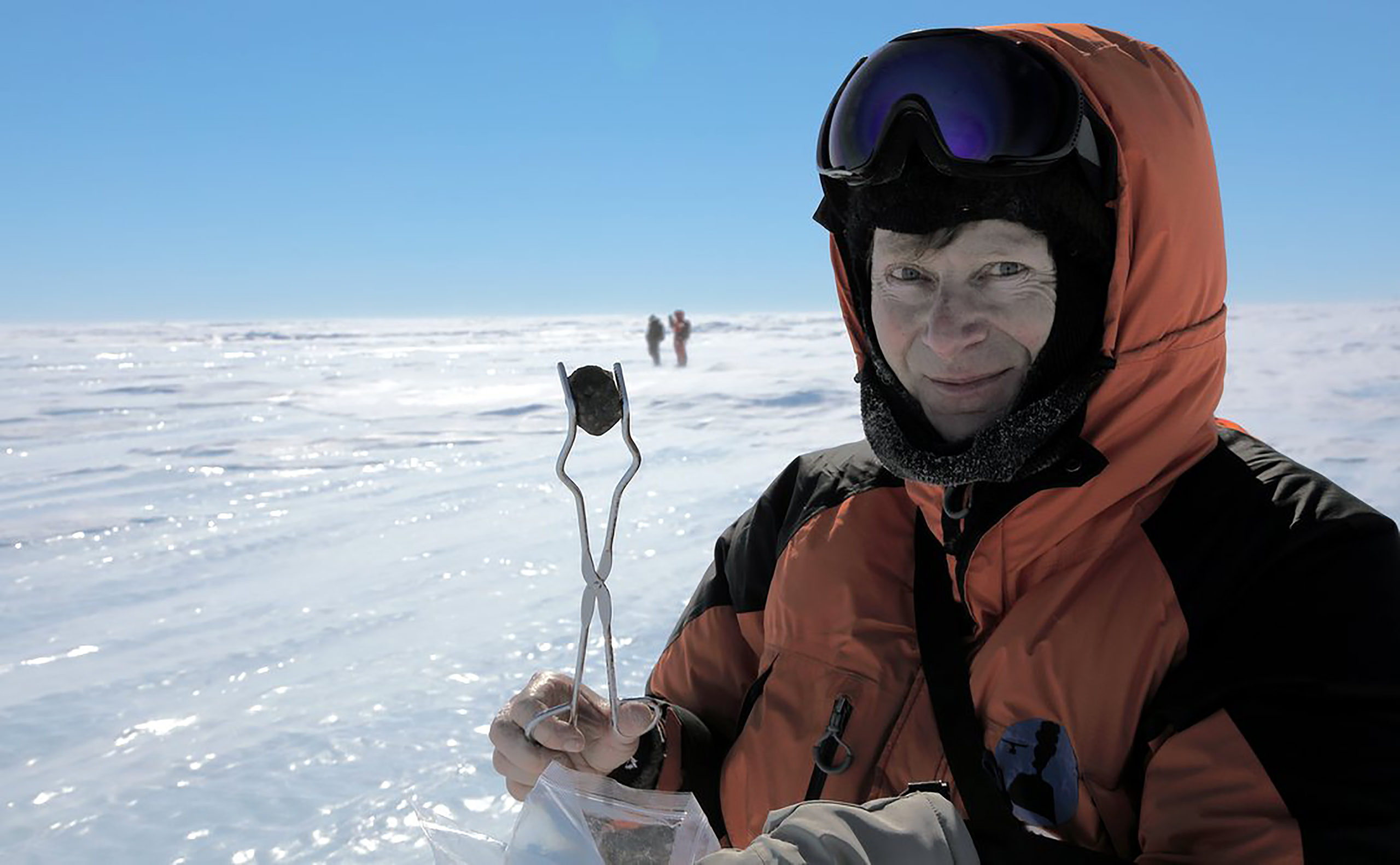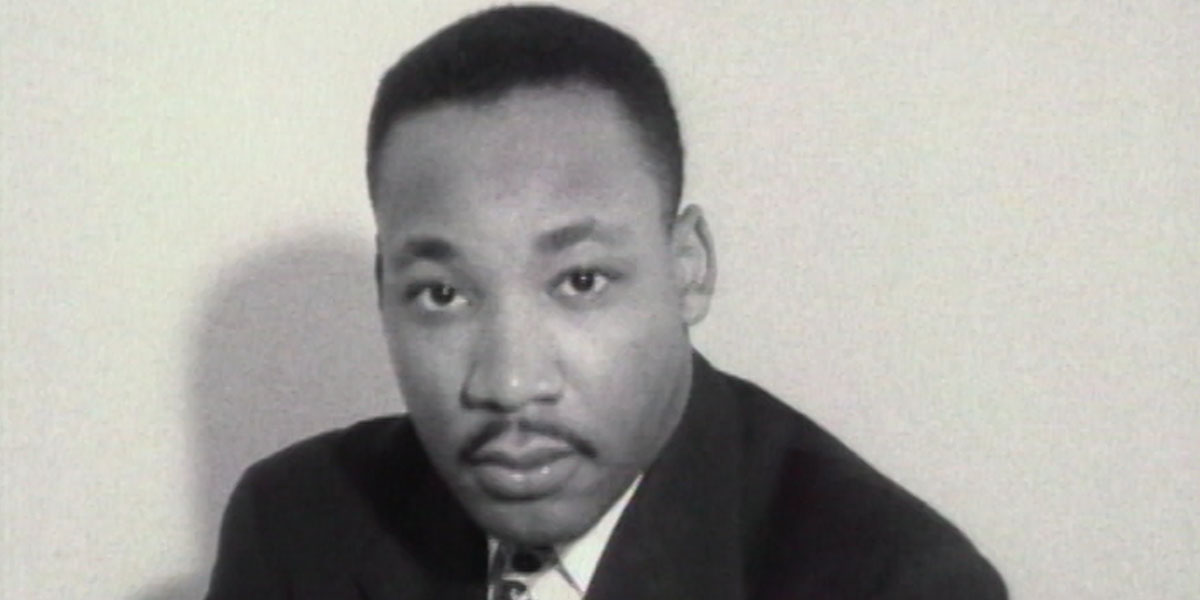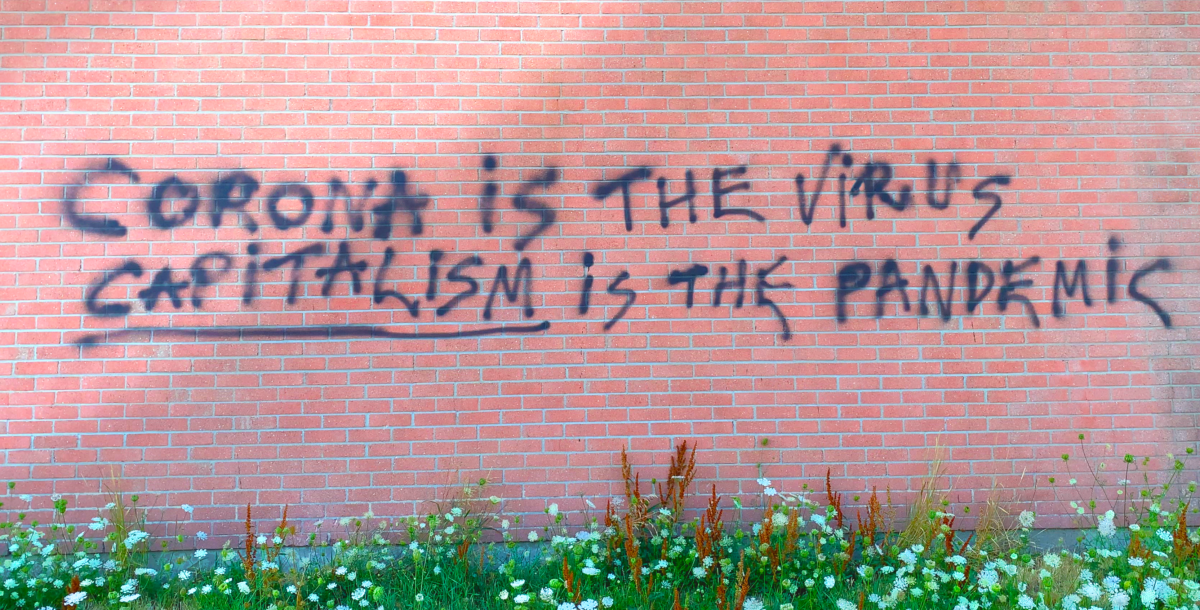Fireball: Visitors from Darker Worlds
(UK/Austria/USA, 97 min.)
Dir. Werner Herzog, Clive Oppenheimer
Programme: TIFF Docs
Flecks of Bavarian stardust sparkle throughout Fireball. Director Werner Herzog takes audiences to the stars in another deeply philosophical tale. Herzog’s curiosity shows no signs of fading with his latest feature. The director with the deep voice and peculiar narrative musings asks some of his deepest questions yet in Fireball. Herzoggian wonder is as wide and expansive as the universe, so stargazers should relish his latest consideration of life’s meanings.
Fireball: Visitors from Darker Worlds reunites Herzog with volcanologist Clive Oppenheimer, with whom he directed the 2017 doc Into the Inferno. Where Herzog and Oppenheimer looked deep into the belly of the Earth and thought wondrously about its tummy full of lava, they turn their noses upward in Fireball and look to the stars. The doc offers an expansive and characteristically humorous study of meteors and their deep impact on humankind. This globetrotting adventure traverses the realms of science, faith, and fantasy as the inquisitive directors encounter fellow investigators.
The odyssey takes the team to Mexico where they consider the role of meteors in the mythology that surrounds death. Arriving one day before the Day of the Dead — a sequence that shrewdly frames the film — Fireball looks at the role of otherworldly forces since some of humankind’s earliest days. Herzog and Oppenheimer admire the temples of the Yucatán, observing the dance with death between mortals and beings in the sky. Herzog, naturally, gets a dog to stand erect with pensive wonder as philosophical voiceover evokes deeper thoughts than the canine surely has. The earliest evidence of human activity conveys an intimate relationship with the meteors, a sensation that Herzog captures with the film’s proximity to far corners of the world.
Their excursions in Mexico offer a through-line in Fireball, taking them from the breathtaking sights of the Yucatán to the beach resort of Chicxulub, which Herzog deems a place “so godforsaken you want to cry.” (The uncut gem within the narration.) This dreary and decaying seaside town is the site of a massive meteor’s collision with the Earth—the place where the world changed after a gigantic meteor wiped out the dinosaurs. Gazing upon dino footprints that remain emblazoned on the rocky terrain, Herzog is in his element, wondering about the frailty of life and savouring it all.
Other corners of the world evoke similar histories that connect enormous craters with the lifeblood and spirit of a land. A pilgrimage to Mecca looks closer at the black rock that connects nearly two billion worshippers worldwide. In Deep Water, Australia, an Aboriginal artist gives Herzog and Oppenheimer a tour of her beautiful paintings that pay tribute to the crater’s spiritual force. The glaciers of Antarctica are sites of unexpected jubilation. In Norway, a jazz musician turned micrometeorite enthusiast shows the filmmakers’ how he collects miniscule specks of space dust. These remnants, he notes, are the last traces of the oldest compounds in the galaxy. Sparks fly as Herzog meets his philosophical equal and this deep-thinker isn’t afraid to set his noggin wandering.
The film connects stories of individual and collective endeavours, pursuits of discoveries both scientific and philosophical, through dazzling visuals that capture the hypnotic beauty of the meteors. Archival snippets find instances in which meteors intersected with the banality of human activity throughout the past century. Dash cameras and surveillance videos yield unexpected sights of fireballs slicing through the sky. In these mundane moments, Fireball witnesses a force greater than us all, although many meteor tales tell of close calls over fatalities, dinosaurs notwithstanding.
Fireball finds some particularly great characters, as Herzog so often has a habit of doing. One jittery scientist happily shows Oppenheimer his collection of extremely rare meteorites, all the while reminding him not to drop one. These rocks hold special meaning for ancient revellers and contemporary geeks alike. In the town of Ensisheim in the Alsace region of France, Herzog and Oppenheimer chat with a man whom the director says could have talked for eight hours without boring them. Ensisheim is particularly notable site of history in the tale of meteorites. Herzog and Oppenheimer learn how a 300-lb chunk of space rock careened into a sheep field mere days after Christopher Columbus discovered of the Americas. Herzog marvels at the sizable meteor, which remains in the town hall and is the pride of Ensisheim. He wonders if it fell to Earth as a sign of divine retribution for humankind’s intrusion upon unharvested Earths.
Herzog even plays the role of a film critic and marvels at the disastrous wonder of the 1998 adventure Deep Impact, which thrilled audiences by wiping out the planet. Inspired by this collision between Earth and space rock, he and Oppenheimer check-in on the world’s little-known space force that surveys the stars to detect any meteors headed our way. The dance with death continues, albeit with much more sophisticated technology.
The interviews with the experts and eccentrics usually have Oppenheimer at the helm. While he isn’t quite as colourful a character as his veteran director is, he asks the right questions with levels of geeky enthusiasm to which Herzog can respond in post-production. The duo has a fun working relationship together and prove a reliable fit on their third excursion. A third would be most welcome, for there are undoubtedly more corners of the Earth and mind to probe.
Fireball premiered at TIFF 2020 and streams later this year on AppleTV+.













